How to repair a dimmer at home?
Probable Causes Overview
So, first of all, let's talk about what became the “culprit” of the malfunction of the dimmer.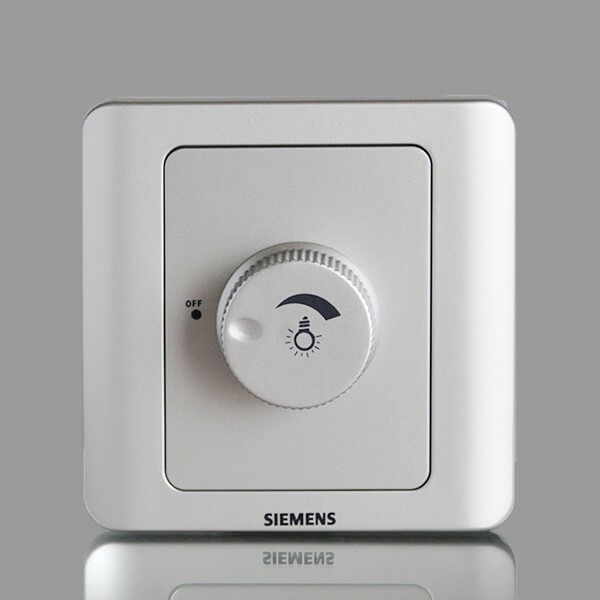
Most often, a dimmer stops working after a light bulb burns out in a chandelier or floor lamp. At the time of burnout, it may occur short circuitAs a result, one of the most important elements of the circuit in the dimmer burns out - the triac. If the triac does not work, the whole circuit fails.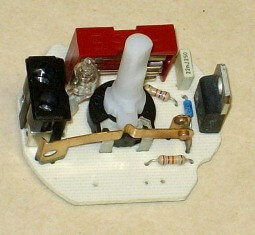
The second reason why the device may not turn on or vice versa - do not turn off the light is because the dimmer is working with an energy-saving lamp. We have already talked about the fact that for LED and fluorescent lamps you need to buy special dimmers, just designed to work with "housekeepers". At the same time, special dimmable led bulbsrather than ordinary. If you have not taken this requirement into account, then the malfunction lies precisely in this reason, which is clearly shown in the video example.
Another likely cause of the malfunction is the improperly selected dimmer power, as a result of which it does not work as it should. We have already said more than once that the power of a dimmer should be 30-50% more than the power of all the bulbs that it regulates. If you missed the moment and inserted too powerful light sources into the lamp, it is not strange why the dimmer does not turn off the light or does not adjust the brightness of the lamps. About, how to choose a dimmer, we told in a separate article. Well, the last thing to say - perhaps the problem is in the wiring in the area: a chandelier-switch.
How to fix a breakdown
Now we will proceed as follows - we will consider the main malfunctions of dimmers and immediately provide DIY repair tips.
If the device does not turn on the light, first check the fuse installed under the decorative cover. With voltage drops, it can burn out, protecting the remaining elements of the circuit from failure. Replacing the fuse is not difficult, especially since the leading manufacturers of dimmers (Schneider, Legrand) in the kit put a spare fuse, as shown in the photo below.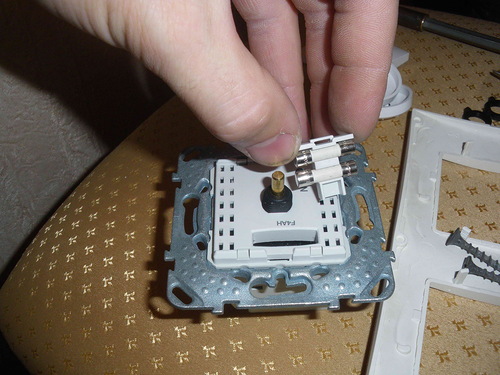
When the dimmer does not adjust the brightness of the lighting, does not turn off and does not turn on after the lamp burns out in the lamp, you need to proceed to a more serious repair, as most likely, the triac does not work - it burned out during a short circuit.You can try to replace this element of the circuit yourself, for this you need a soldering iron and, accordingly, skills for working with this tool. You may also need a drill with a thin drill (hereinafter we will explain why). In order to be able to unsolder a broken triac and solder a new one, you need to remove the aluminum radiator from the board, which is rather fastened with a rivet. You need to carefully drill the rivet, and then solder the triac itself and install exactly the same, but the whole. For all these cases, we recommend using homemade mini drill and homemade soldering iron.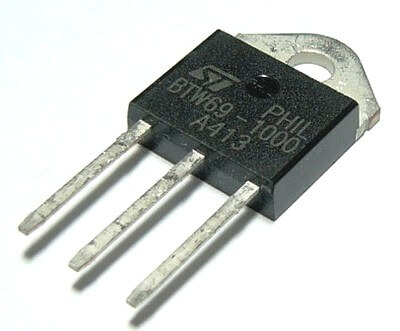
If you use a dimmer with conventional energy-saving light bulbs, we recommend that you change the lamps to special ones as soon as possible. You can not use the wrong housekeepers.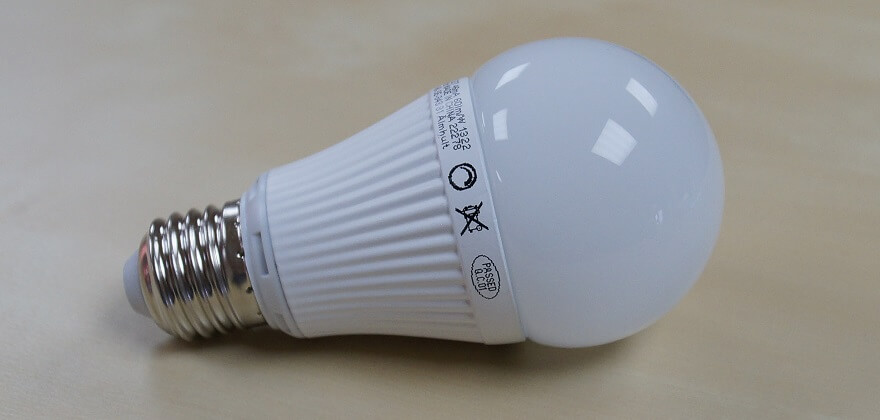
Well and the last - if not only the dimmer does not work, but the usual key switch does not turn on the light, then the problem is in the wiring itself. Perhaps somewhere they are shorting the wires, or perhaps the problem is in the malfunction of the chandelier itself. Here you already need to take a multimeter and ring all sections of the circuit.
Here, in fact, are all the main causes of a device malfunction. We hope that now you know why the dimmer does not work and most importantly - how to repair the dimmer with your own hands! In conclusion, I would like to note that these devices are very sensitive and in connection with the existing problems with voltage drops, it is highly recommended not to use them without stabilizers!
Also read:



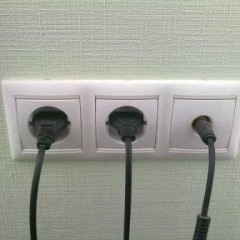
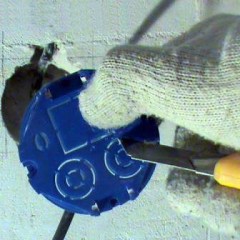
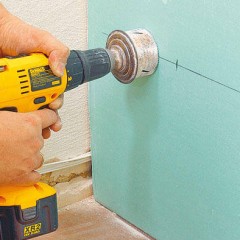

Well, everything is clear and logical, but how can I protect the triac from constant burnout. I have changed it 3 times already, you must agree why such a dimmer is needed.
Well, this is a problem in the dimmer itself, most likely of poor quality, manufacturers have saved something. You can save a triac if you put at the output a capacitor of a suitable rating or a choke. They should limit the inrush of the current as a result of which burnout occurs.
Very interesting article and detailed. Unfortunately, there are no materials in it regarding one of the types of breakdowns, namely, when the dimmer is turned on late, it turns off if the bulbs are turned on for less than 5-10% of their power.
Faced such a malfunction in the English floor lamp - it either did not turn on at all, or turned on with a few minute / second delay, while the power of the bulbs was normal, according to the requirements established by the manufacturer. It is interesting that at the output of the circuit, even when the bulbs did not light, the voltage was (checked by the indicator), the circuit was very high quality, I did not find any external ghosts of burning or malfunction of its elements.
In short, I didn’t figure out what might cause such a malfunction, and, based on the materials in the article, I also did not find a solution. Maybe the author has encountered this type of malfunction and has experience in solving them?
What is the fuse rating?
Hello! I bought 3 dimmers. Scneider model ALT400903. The first turned on everything is normal. The second turned on the lamps (incandescent) lighted up but the adjustment doesn’t work anymore. The third turned on completely dead. Maybe someone dealt with the above dimmers I ask for help in repair. Perhaps there is a diagram of the indicated dimmers. In the dimmers, the triac TL235T-L1 GKOL9 VU CHN 530 is installed (So it is written on it). I could not find a triac with such marking on the Internet. Accordingly, what to replace is also not known. I would be very grateful for your help.
Tell me what to do if the rhythm of the dimmer is lost.It works, but so - turn it on and it lights up, turn it off - it goes out, and then it flares up, and in the end it goes out prematurely, not reaching 20 degrees until it stops. Dimmer Schneider, twist. Thank.
Hello! And what kind of lamps does the dimmer control, LED? If so, then the lamps should be special, dimmable. Using a dimmer with unsuitable bulbs can cause the bulbs to fail, and the regulator itself.
Thanks for the answer. No, halogen lamps, 4 * 50W. The dimmer is rated at 400W.
Hello, the remote control has stopped working
Itz-500 intertechno
Tell the good people. Why dimmer adjusts the light only if one lamp. Catch two burns all to the maximum. LED dimmable lamps.
The most common failure is (my experience) the lack of high-quality soldering of circuit elements.
First, save the check. Second, after the purchase, solder all solder points on the board.
The time of failure occurs from a week to several months. I have no qualitative statistics. I suspect that this is a deliberate phenomenon by the manufacturer.
Good afternoon, tell me what the reason may be - turn on the dimmer (on a regular 60w lamp) not at full power but at one third, everything seems to be normal, but after a couple of minutes it goes out and starts to work only if it is turned off by force for half an hour or 20 minutes
Good evening!
Problem: I began to put a chandelier - dimmable lamps, 6 watts each, 6 pieces. Before that, I checked the dimmer on an ordinary lamp (connected it to the wires) - everything worked. After I connected the wires of the chandelier - the dimmer does not work, the light does not turn on. The dimmer model is Bush 2251 U (400 W). He opened the dimmer (removed the cover), the tester rang all four bolts, around which arrows are drawn - all dead. On the phase wire test shows the voltage (weak) in any position of the dimmer. No grounding. What is the reason? What to do?
in the sense of "dead"? What do you want to see a tester on the "bolts"?
Put a normal switch - if everything works, then the problem is in the dimmer, maybe it just is not compatible with these lamps. Try to screw in one chandelier in the chandelier to check.
I tried to connect the incandescent lamp directly to the same wires to which I connected the chandelier with diode lamps - it does not work.
The question is whether the dimmer itself could break when I connected a chandelier with diodes.
Hypothesis: the dimmer breaks the “zero” (as put by the person who did the repair), on the wire - to which the chandelier is connected, there is a phase. I could mix up when connecting wires to the “zero” chandelier and phase. Could a dimmer burn out from this?
Regarding the dimmer - found a description on the Internet. It is written that this model is for incandescent and halogen lamps (to know in advance ...).
I really do not want to dismantle the dimmer ... Although you will probably have to pull it out nevertheless.